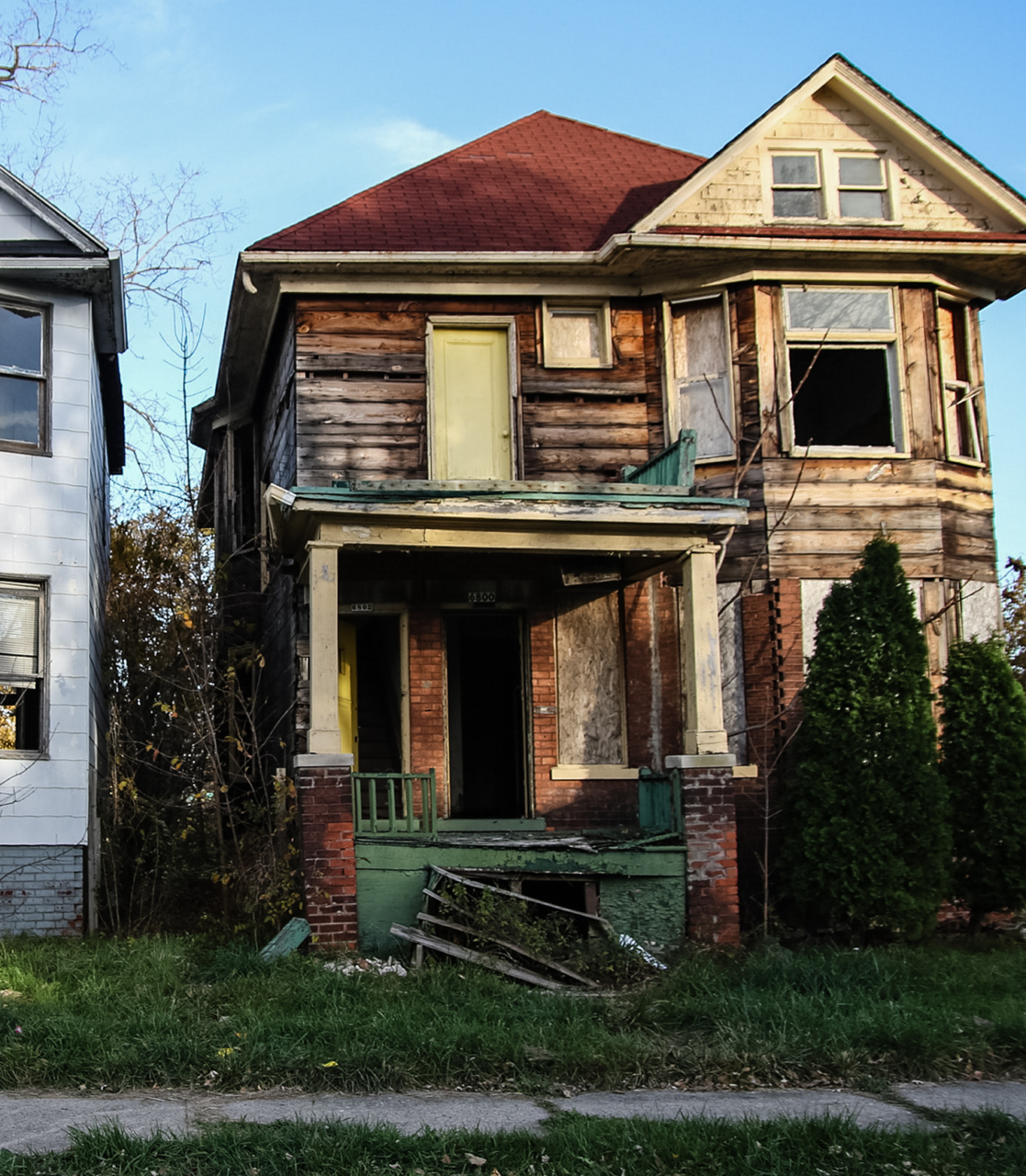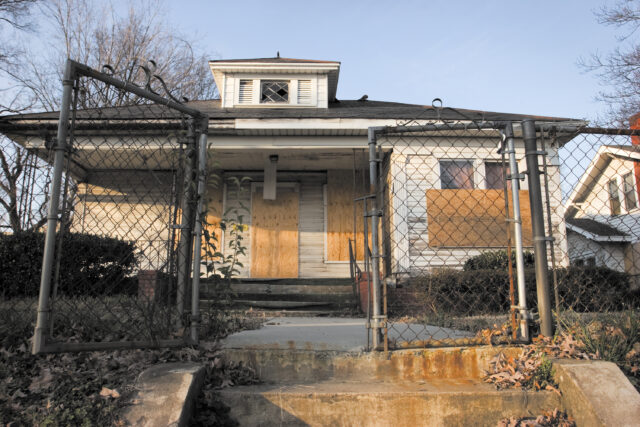We’ve all seen them – abandoned homes sitting lazily on an otherwise well-kept neighborhood street with chipped paint, broken windows, missing shingles, and overgrown gardens - telling the story of a once loved family home, lost.
These vacant properties, otherwise known as “Zombie Properties” are foreclosed and abandoned homes or other structures that have created a slew of issues for villages, towns, and cities across the United States.
These properties are costly for creditors, and in some states, including New York, some banks are required to maintain the foreclosed properties. For residents and local governments, Zombies are a nuisance. They lower property values of nearby homes and are associated with higher crime rates, health and safety concerns, and increased municipal costs.
Structural Assessments and RBM Assessments Are a Must
A structural condition assessment of a Zombie Property will determine the need for condemnation and provide necessary documentation prior to demolition or renovation.
It is also likely that many older structures contain asbestos, lead-based paint, polychlorinated biphenyls (PCBs), and other regulated building materials (RBM). Prior to demolition or any other work on the building, and once the building is deemed safe to enter, certified inspectors should complete inspection, sampling, and testing for asbestos and other hazardous materials. Any hazardous materials identified in this process will need to be addressed prior to demolition or construction.
Look for Grants and Funding Opportunities
Costs associated with the maintenance, assessment, and demolition of Zombie Properties can be problematic for municipal budgets. The good news is that various grants and funding opportunities are available to alleviate these costs. For example, last year New York Governor Andrew Cuomo announced the availability of $100 million in grant money to address Zombie Properties in certain regions of the state.
Don’t Forget About Underground Storage Tanks
Many older homes were historically heated with oil furnaces and will often still have underground or basement oil tanks that were left in place when the house was converted to gas heat. These tanks pose a risk of leaks and other environmental concerns and potential issues when rebuilding on the property. When addressing the demolition or reuse of the structure itself, don’t forget about the possibility of underground storage tanks, which can either be removed or closed in place.
LaBella offers full service solutions for municipalities addressing Zombie Properties. Our Planning team is experienced in securing grants and funding to help cover the costs of the initial assessment and demolition of these properties. LaBella’s team can also provide complete structural and environmental services, bid package development and coordination, site management, and full demolition services.

